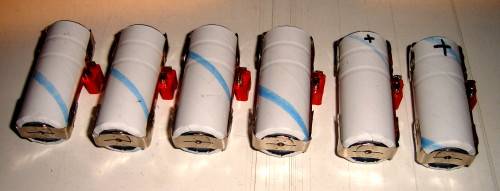In the VapeXhale Cloud track you recently asked about aerogels.
Aerogel blocks or pieces, such that you could hold, for other than the most cost-insensitive applications, such as defense/aerospace, are somewhat over-hyped, with similar silica-based microporous insulation (such as from MicroTherm) offering advantages over aerogel. The larger and most consistent single-piece aerogel blocks or pieces, what you see in pictures, the best stuff, essentially all goes to NASA or is simply too expensive to actually use.
But contrary to the hype, unmodified aerogel may not be suited for some applications involving achieving a high temperature differential, such as insulating vaporizer heating elements on one side and a handling surface on the other. Because aerogel is translucent, only diffuses light, it does little to stop infrared/radiated heat. This is why many aerogel applications are customized and involve packaging it in vacuum-packed aluminum foil/reflective plastic. Or for applications such as insulating a vaporizer, carbon black or titanium white pigment can simply be mixed in as an opacifier. But keep in mind that silica microporous insulation is as good or better insulation than aerogel for many applications because it's basic design integrates stopping radiant heat.
Granular aerogel, notably Nanogel from Cabot, seems to be the most cost-effective aerogel (as these things go), with gallons (231 cubic inches) sold by Solar Components for ~$60 with U.S. shipping. It is also hydrophobic (getting damp will not destroy it, like some other aerogels), flows freely (like liquid), and can be compressed/crunched into tight spaces and still retain full insulation. Just shake some high-quality (small particle size) artist pigment in before you use it for vaporizer applications, and you should have as good insulation as there is (along with microporous insulation), better than still air, but not as good as vacuum. Nanogel might be particularly useful with the Bud Toaster, since you could simply pour it in and reliably fill all the small spaces/voids before you seal it up. Another reason to use Nanogel from Solar Components is that it is the only way you can effectively get any either aerogel or microporous insulation without a $300-500 or higher minimum purchase (and having to deal with salesmen who want to know all about your business and applications).
In the vaporizer prototypes I've been making (all for myself so far), I have recently gone to using (simply pouring in and compressing) granular Nanogel as a back-up or secondary insulation to fill spaces around the ends of shaped microporous board material, the primary insulation.
Otherwise, probably better insulators than vermiculite, which you mentioned, but nowhere near as good as aerogel or microporous insulation, you might check out castable (mix powder with water and hardens) ceramic foam, such as from Rescor 740 from Cotronics, or high-quality silicone foam. For applications such as the Bud Toaster where worst case scenarios, such as a short, I presume could be incredibly energetic (enough to melt some metals?), forget about silicone which is only effectively stable up to <500?F (can't really be use to insulate heating elements).



 So I am interested to hear about your wall wart, is it current limited and what voltage rated? I have tried different approaches, like building microcontroller controlled switching charger, linear charger, and so on, but a wall wart would of course be easiest solution! So your batteries are charged one at a time, not in series..that is of course helpful, no problems with balance, even though these batteries seem to keep balance just fine anyway.
So I am interested to hear about your wall wart, is it current limited and what voltage rated? I have tried different approaches, like building microcontroller controlled switching charger, linear charger, and so on, but a wall wart would of course be easiest solution! So your batteries are charged one at a time, not in series..that is of course helpful, no problems with balance, even though these batteries seem to keep balance just fine anyway.